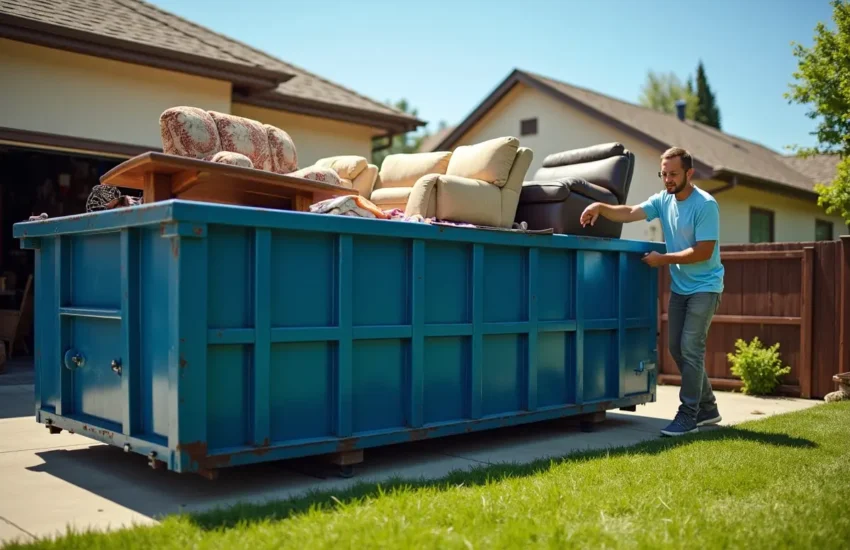Troubleshooting Guide: What Could Be Causing Your Bathroom Faucet To Stop Working?
Struggling with a stubborn bathroom tap? There’s nothing more irritating than twisting your faucet handle, only to be met with a faint dribble or, worse yet, no water flow whatsoever. But don’t despair, homeowner, as we’re here to assist you.
In this guide, we’ll delve into the perplexing world of faucet malfunctions. We’ll dissect issues ranging from blockage in the aerator to defective valves, guiding you on how to restore your faucet to its optimal performance. So, ready your toolkit and don your investigator’s cap – it’s time to unravel the mystery of the uncooperative bathroom faucet!

Identifying the Issue
Should your bathroom faucet fail, there are several aspects to inspect to determine if the faucet is the culprit or if it’s a more complicated plumbing problem. To pinpoint the issue, begin by evaluating if the water is streaming from the faucet. If it isn’t, then the issue may lie with the faucet itself. However, if water does emerge from the faucet but doesn’t dispense from all taps, one of the taps may be switched off.
To verify this, turn on an alternate tap in the bathroom, allowing half a minute for the water to flow from all outlets. If a tap remains unresponsive, it could indicate a problem with either the tap or the plumbing around it. To ascertain the faulty tap, you will need to dismantle the sink or bathtub, examining each pipe that feeds into it.
Occasionally, minuscule fragments of debris can obstruct a pipe, hindering proper water flow. If all these troubleshooting methods prove futile in rectifying the faucet, you may need to resort to seeking professional aid from an emergency plumber in Detroit.
Understanding the Root Causes of Bathroom Faucet Complications
If your bathroom faucet isn’t functioning as it should, there are several initial checks to be performed. Confirm that the water flows from the handle and that the correct water source is in use. If these conditions are met and the problem persists, the faucet might be to blame.
Here are four prevalent causes of bathroom faucet complications:
Damaged Water Supply Pipe: Aging is the most frequent cause of a damaged water supply pipe in a bathroom. Over the years, water pipes can rust and fracture, leading to an interruption in water supply. To check if your water supply pipe is compromised, switch off the main circuit breaker inside your house and look for signs of leakage or inundation. If you notice any such indications, engage a seasoned plumber to mend or replace the pipe.
Defective Faucet Spout: A leaky spout is another typical issue contributing to a malfunctioning bathroom faucet. This predicament arises when the rubber seal between the spout and the faucet body deteriorates or dislocates over time. To identify if this is your problem, switch off the main circuit breaker inside your house and attempt to pour some cold water from a jug into the spout. If water doesn’t drain without overflowing, it might suggest a leaky spout that requires replacement.
Insufficient Pressure: If your bathroom tap isn’t operating as it should, despite water flowing from the handle, it could be attributed to low pressure within the pipe. To confirm this, activate the main circuit breaker in your home and attempt to pour some chilled water from a pitcher into the faucet. If the water doesn’t dispense without spilling over, you could be encountering a low-pressure situation, necessitating the assistance of a professional plumber for pipe maintenance or substitution.
Blocked Plumbing: Blocked plumbing is another frequent culprit of bathroom faucet malfunctions. This can occur when hair, soap residue, or other particulates become lodged in the drain beneath the faucet. To check for this, turn off the main circuit breaker inside your house and pour boiling water down the drain from a kettle. If the boiling water elicits an immediate response (like steam emerging from the drain), you likely have a blocked drain and need to engage a skilled plumber to rectify it.
Addressing the Broad Issue
If your bathroom faucet is acting up, it could be attributed to various factors. In this guide, we’ve shed light on potential causes and their remedies.
If you’re uncertain about the functionality of your faucet, initially try toggling it on and off multiple times. If the problem persists, consider removing the base of the faucet to examine if water is flowing unobstructed from the spout. If these steps don’t yield success, it might be time to enlist the expertise of a professional.
Conclusion
In summary, this extensive guide has empowered you with the knowledge to tackle a wide range of bathroom faucet issues, ranging from simple to complex. We’ve examined numerous symptoms, discussed their analyses, and highlighted solutions, transforming you from a perplexed homeowner into a competent troubleshooter.
However, it’s equally vital to recognize when professional help is required, especially for problems like leaky spouts or damaged pipes. Regular maintenance is key to the longevity of your faucets. So, while the world of bathroom faucets may initially seem daunting, it is quite manageable with the correct understanding and approach.
Armed with this guide, you’re better prepared to resolve faucet-related issues. Nonetheless, always remember to engage a professional when in doubt, for the aim is not just to solve an issue but to ensure the continued safety and functionality of your home.


